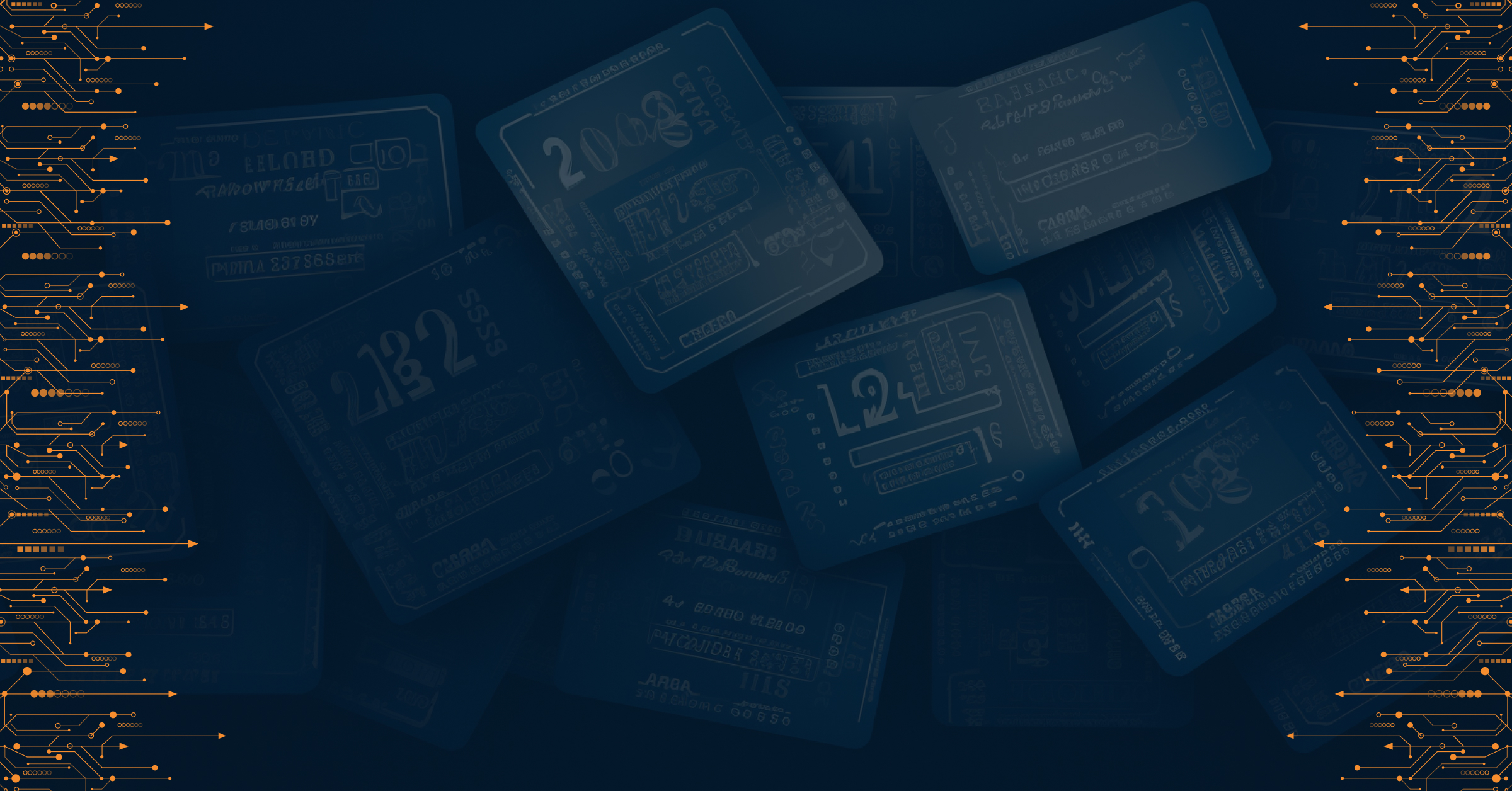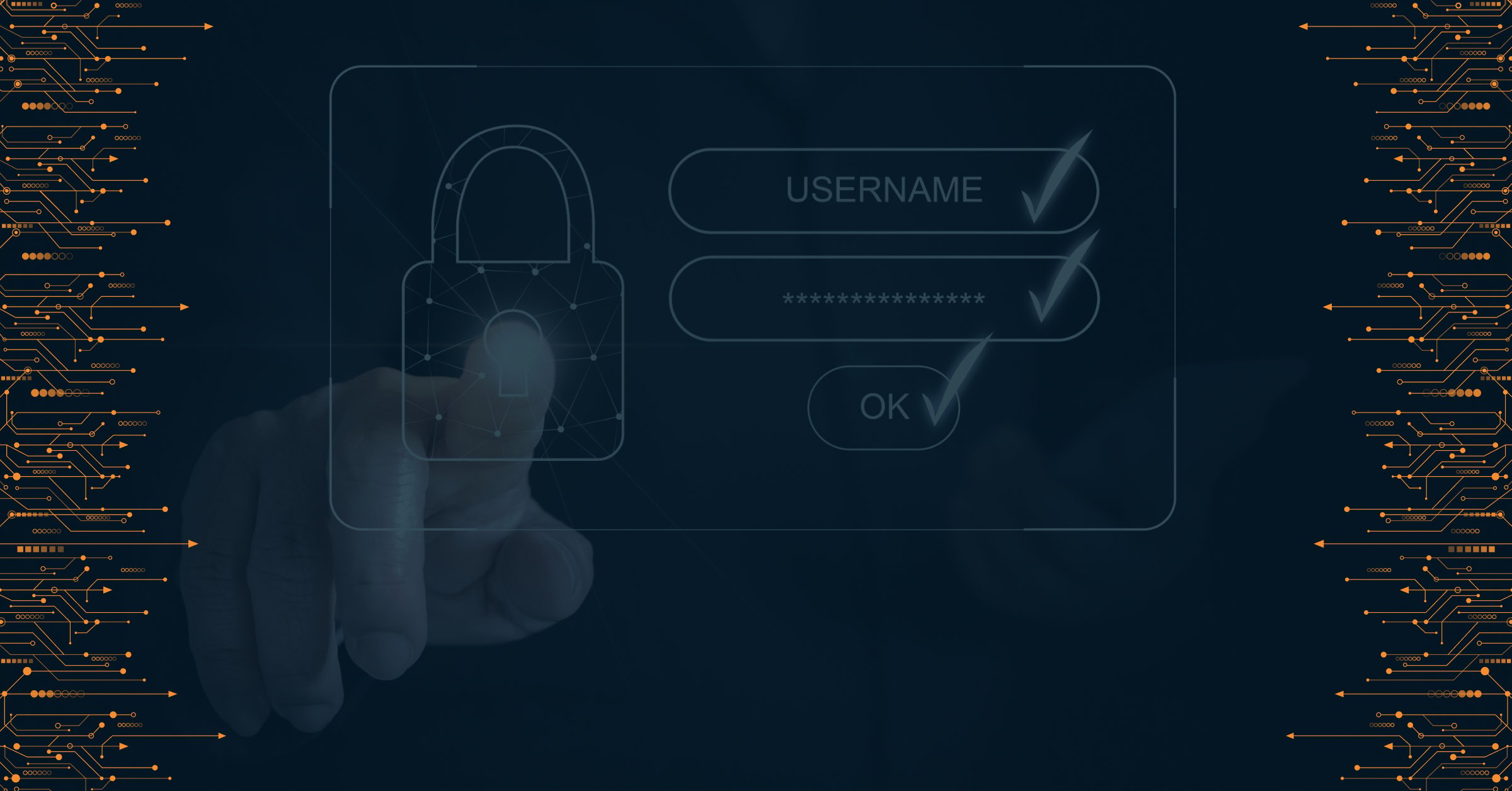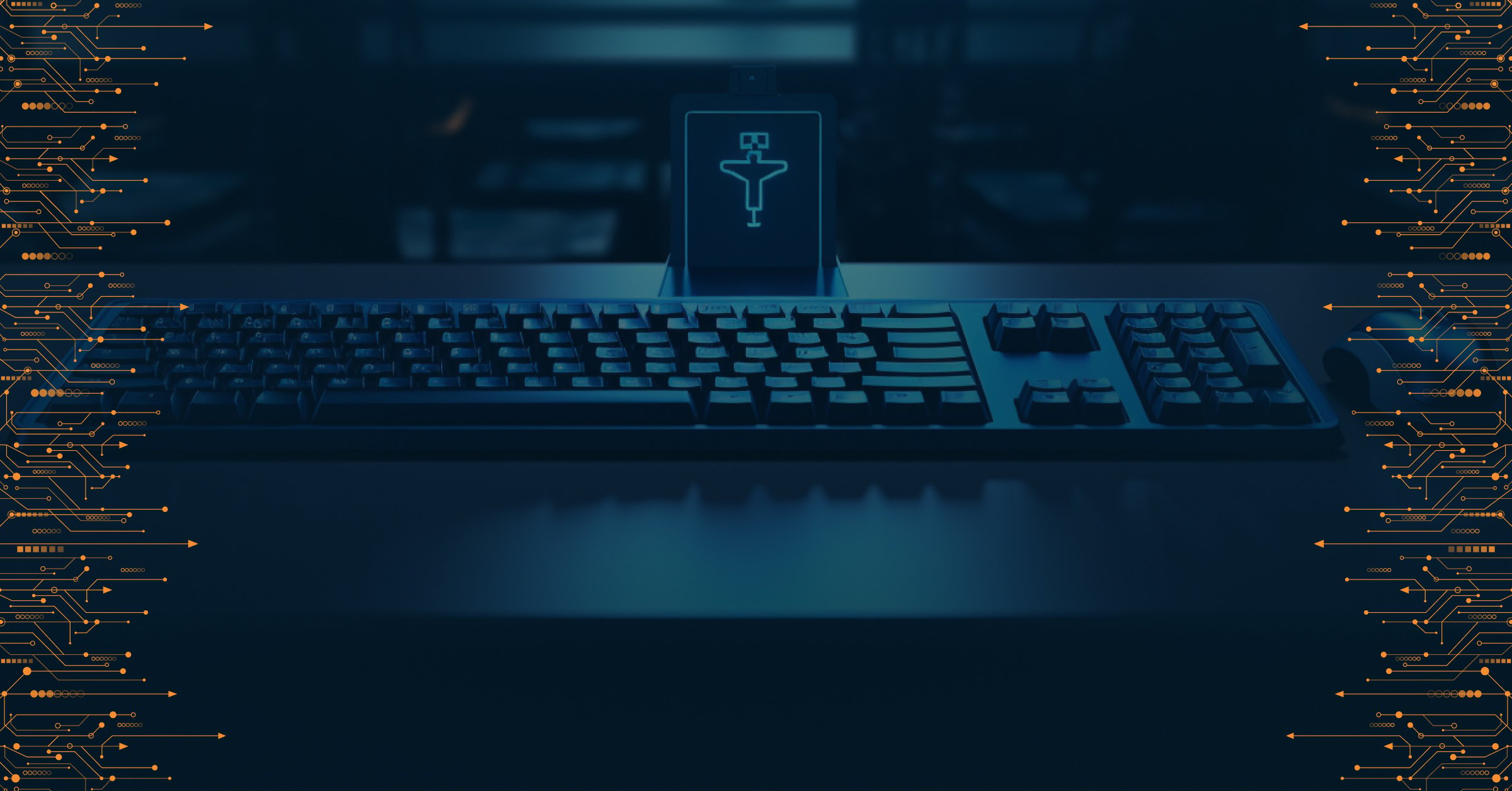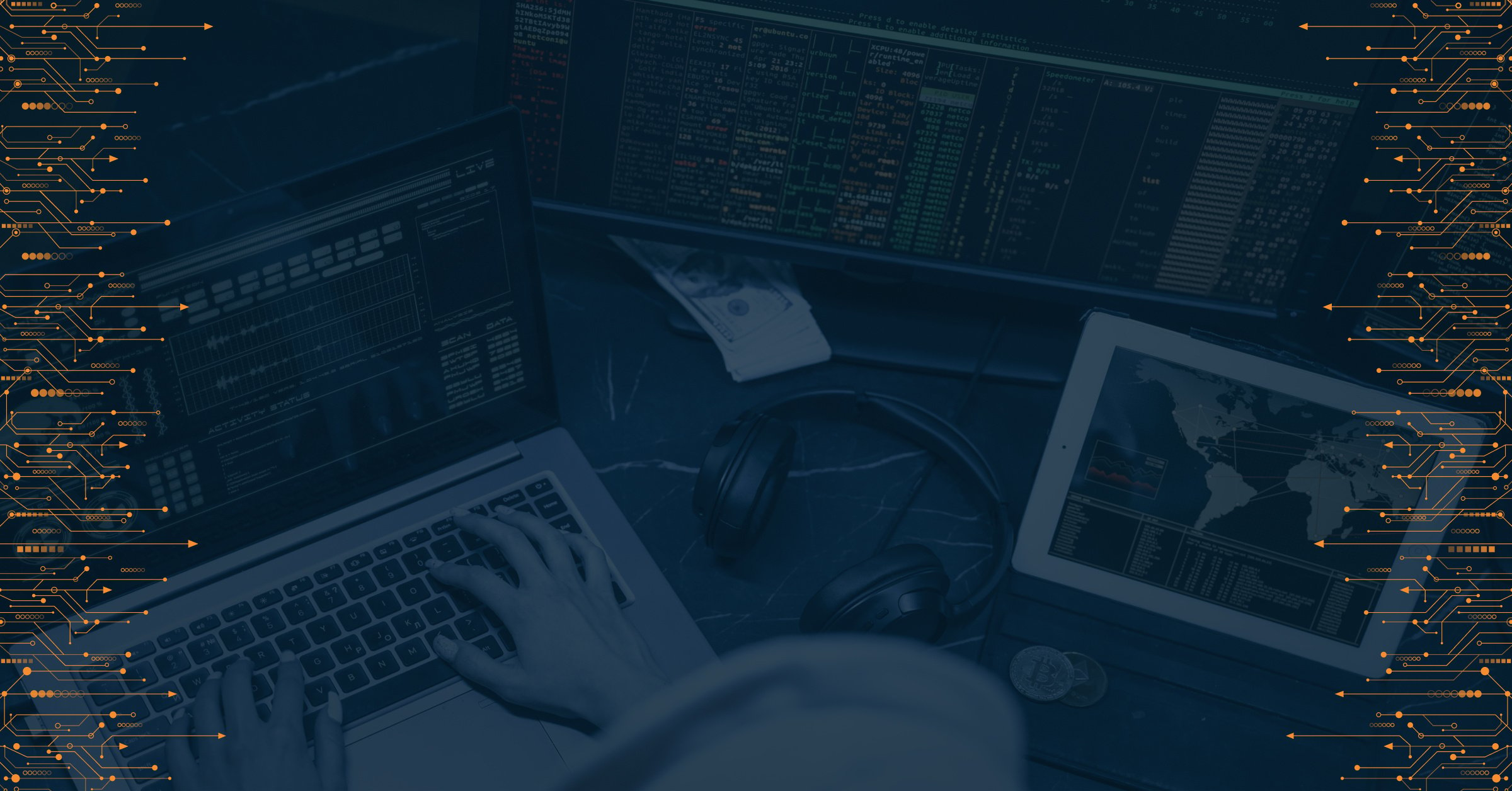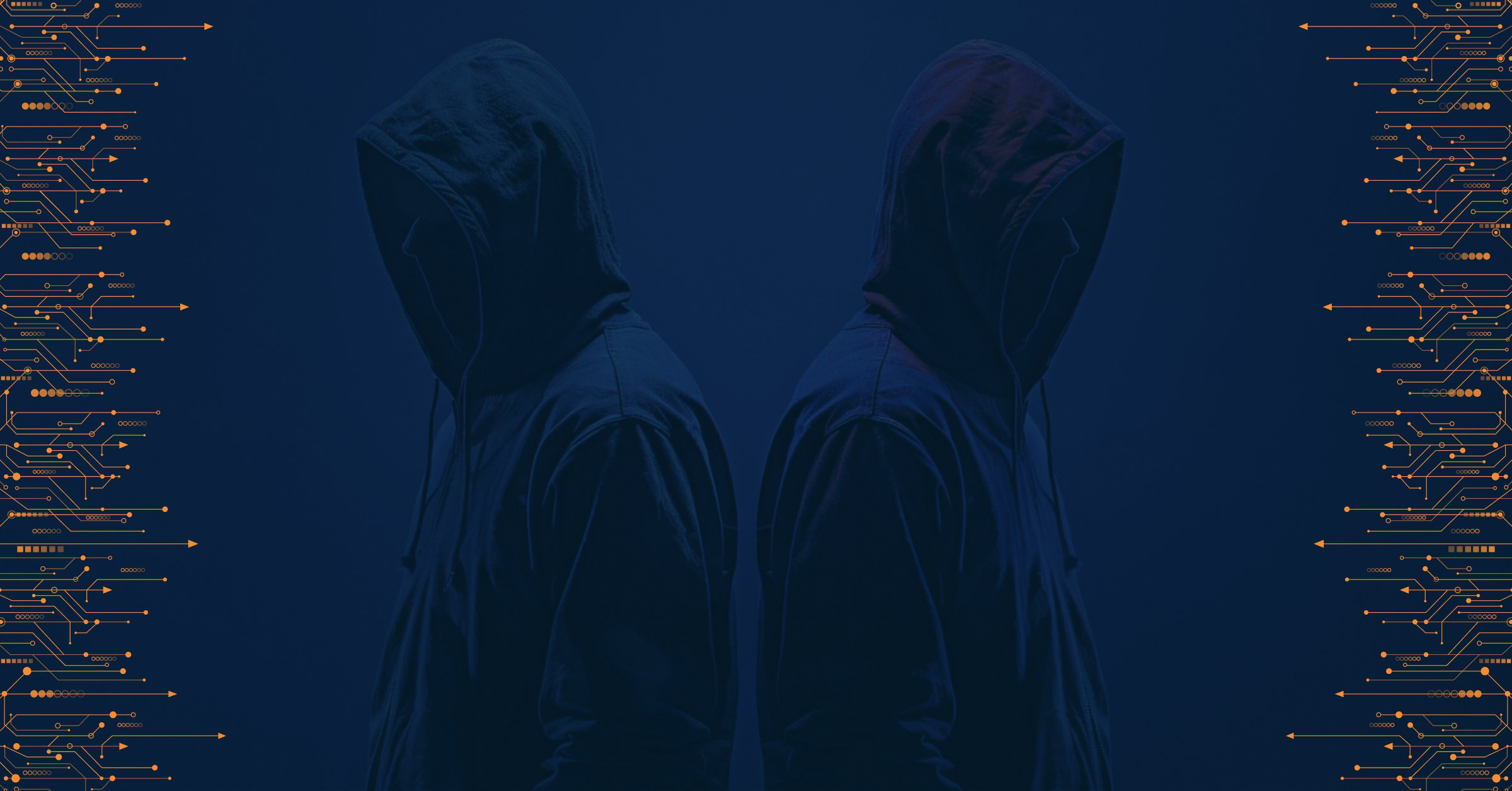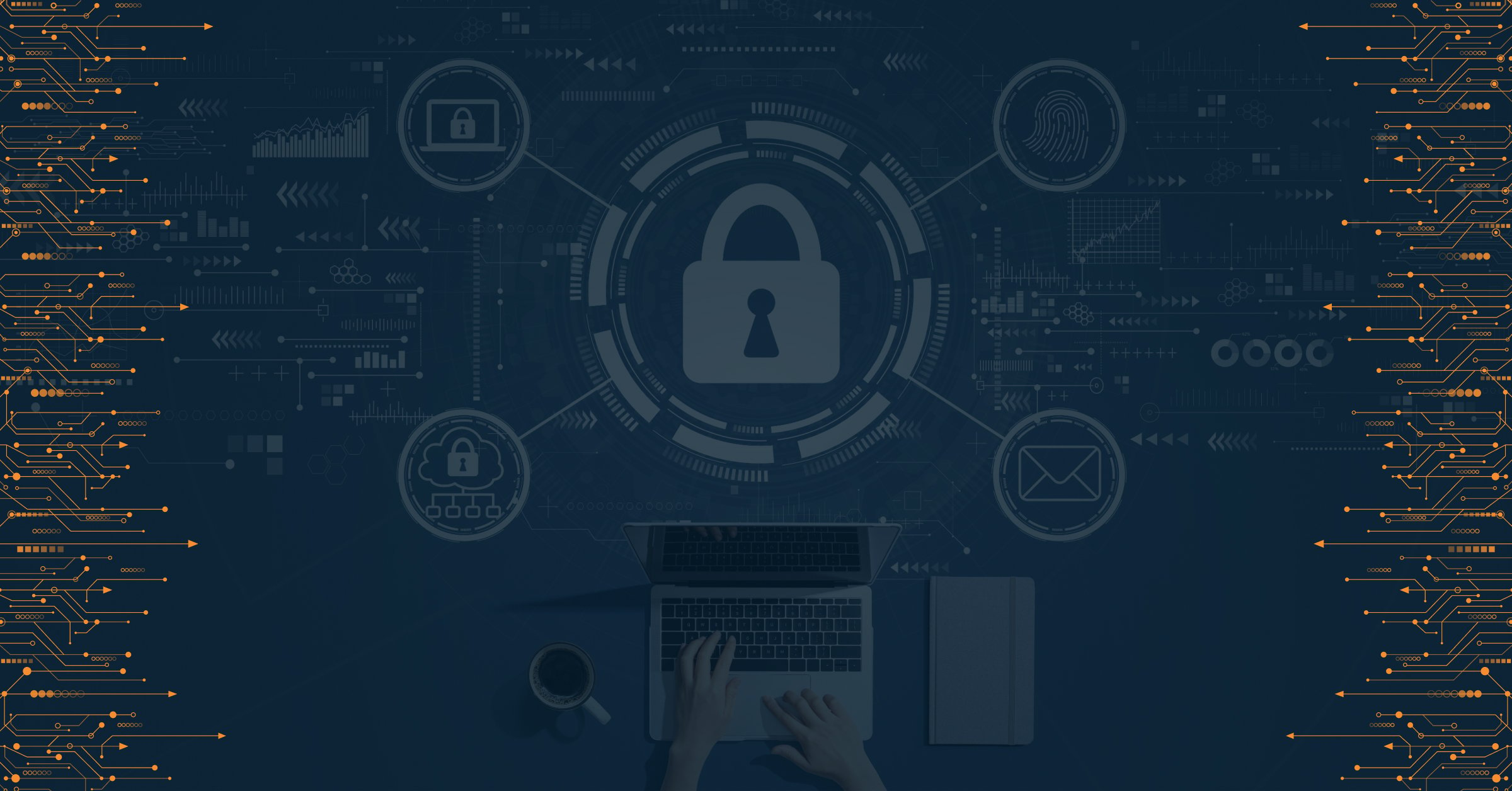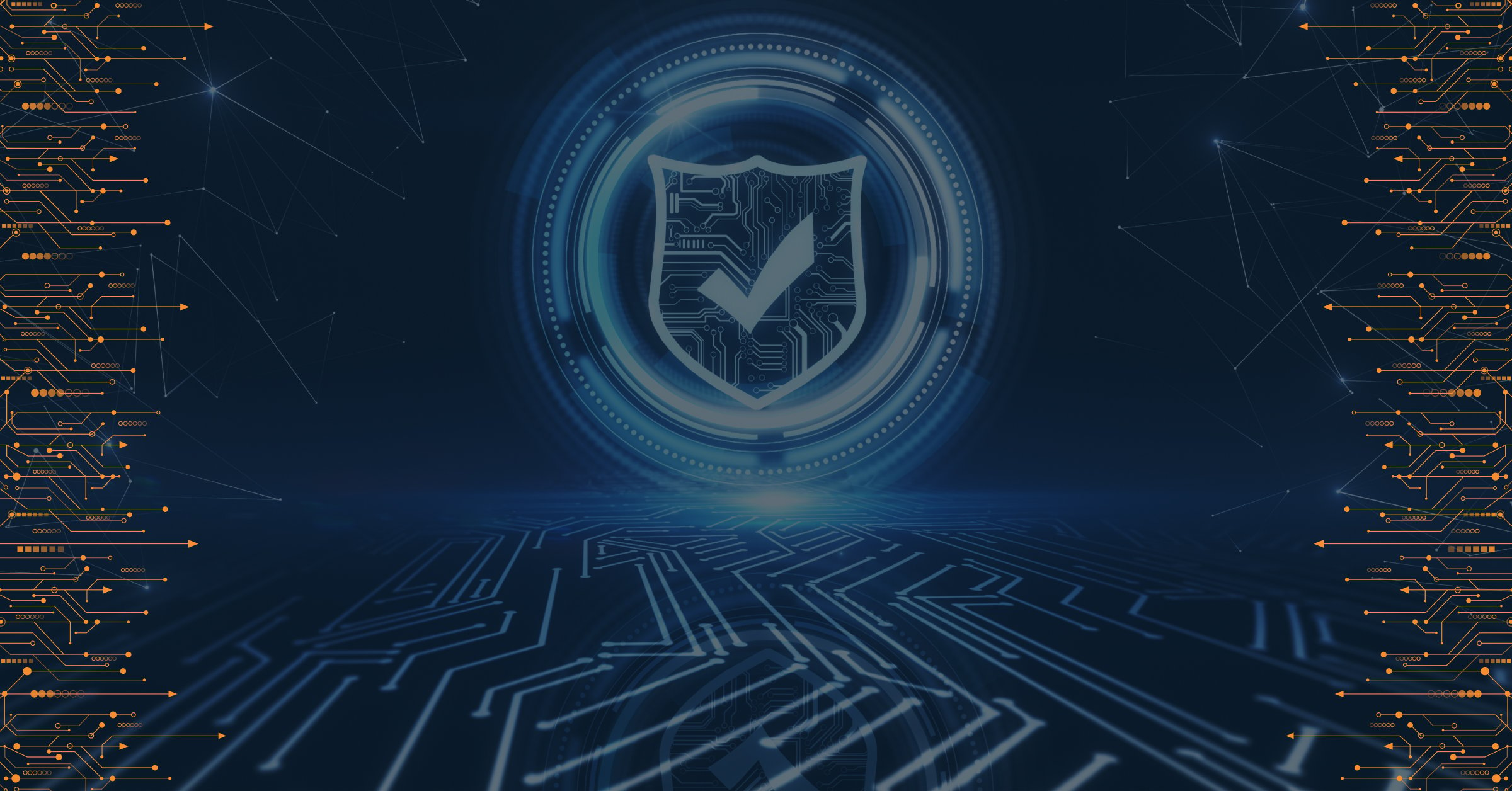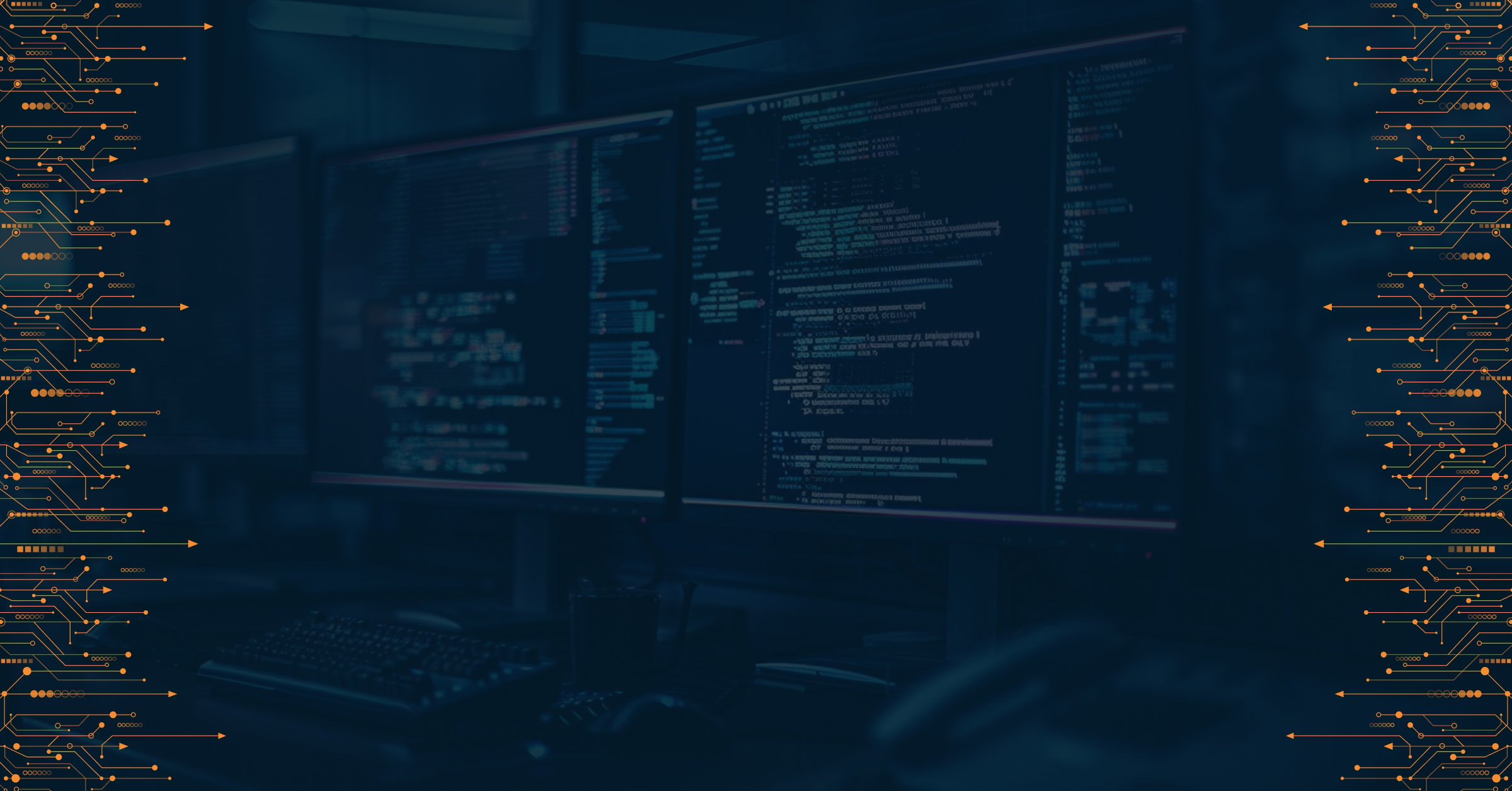According to the CISO survey 2023, insider threats came in second, causing 30% of cybersecurity risks to organizations globally. As remote work models become more prevalent worldwide, insider threats are becoming more frequent.
An insider might be part of this organization or have a link to it and have access to critical data or IT databases. This insider will intentionally or unintentionally misuse this access and cause damage to the company's networks or data. Because this risk originates within the organization, companies need to handle it very cautiously.
Insider threats pose a huge risk to organizations' security and require a comprehensive detection, prevention, and implementation approach. Let's explore effective strategies to safeguard against insider threats, emphasizing the importance of robust access controls and fostering a security-centric organizational culture.
Strategies To Detect Insider Threats
Detecting and preventing insider threats demands a multifaceted strategy. However, the first step comes before prevention. It is obvious that when you are unaware of a threat, you cannot prevent it. According to CISA, by detecting and identifying, one can highlight the insider who might be or whose actions might be conceivable, and this step involves both human and tech power.
In short, advanced user behavior analytics can help identify anomalies in employees' actions, providing early warnings for potential threats. Continuous monitoring of network activities and data access can also enhance detection capabilities. Read on to learn more about strategies for insider threat detection.
User Behavior Analytics (UBA)
Implementing UBA involves the analysis of employees' digital behavior to identify anomalies and deviations from established patterns. By leveraging machine learning algorithms, organizations can create baselines of normal user activities and promptly detect deviations that may indicate malicious intent. UBA provides a dynamic and proactive approach to insider threat detection.
Continuous Monitoring
Real-time monitoring of network activities and data access is crucial for early threat detection. Organizations can identify suspicious behavior by continuously monitoring user actions, such as unauthorized access or unusual data transfers. This approach allows for immediate response to potential threats, minimizing the impact on sensitive information.
Endpoint Detection and Response (EDR)
EDR solutions focus on monitoring and responding to suspicious activities on individual devices. By deploying endpoint sensors, organizations can track user actions, detect malicious software, and respond swiftly to potential insider threats. EDR complements broader detection strategies by providing granular insights into activities at the endpoint level.
Data Loss Prevention (DLP)
DLP solutions help organizations identify and mitigate the risk of sensitive data being compromised or exfiltrated by insiders. DLP tools can alert security teams to potential data breaches by monitoring and controlling data transfers. This strategy is particularly effective in environments where protecting sensitive information is paramount.
Anomaly Detection Systems
Anomaly detection involves identifying deviations from expected behavior. Organizations can use anomaly detection systems to flag unusual patterns that may indicate insider threats by establishing a baseline of normal activities. These systems analyze various data points, including login times, data access patterns, and file transfer activities.
Other Detection Strategies
- Proactive threat hunting for security teams actively searching for signs of insider threats within the network.
- Organizations can trace actions back to specific individuals by maintaining detailed logs of user activities for any malicious activity.
Strategies To Prevent Insider Threats
Since you know the knick-knacks of detecting insider threats, knowing how to prevent them is the next thing to save your organization from insider threats. Many organizations adopt hard-form techniques to prevent risks from insiders, but these hard-form techniques often result in frustrated employees. This makes them feel that their privacy rights are intruded.
Prevention doesn't mean caging your employees, so prevention strategies must consider implementing stringent authentication protocols, restricting unnecessary privileges, and employing encryption to safeguard sensitive information. Those practices include:
Least Privilege Principle
Implementing the rule of least privilege helps in a way that employees have the minimum access necessary to perform their job functions. By restricting access rights, organizations limit the potential damage caused by insider threats. Access permissions must be checked and updated regularly to align with employees' evolving organizational roles.
Multi-Factor Authentication (MFA)
Implementing MFA adds additional security by asking users to provide more than two forms of identification before accessing sensitive systems or data. This extra step enhances access control and mitigates the challenge of unauthorized access, even in the event of compromised credentials.
Encryption of Sensitive Data
Encrypting sensitive data renders it unreadable to unauthorized individuals. In a data breach caused by an insider threat, encrypted information remains protected, reducing the potential impact on the organization. Employ robust encryption methods for both data at rest and data in transit.
Regular Security Training and Awareness Programs
Through regular security training programs, educate employees about the risks associated with insider threats. Ensure staff members know common tactics malicious insiders use and understand the importance of adhering to security policies. Reinforce the concept that every employee plays a role in maintaining a secure environment.
Insider Threat Risk Assessments
Conduct regular risk assessments specifically focused on insider threats. Identify potential vulnerabilities in processes, technologies, and organizational structures that malicious insiders could exploit. Tailor preventive measures based on the findings of these assessments to continuously enhance security.
Secure Offboarding Procedures
Establish secure offboarding procedures to prevent departing employees from accessing sensitive information. Promptly revoke access rights, collect company-owned devices, and conduct exit interviews to identify and address potential concerns. This helps prevent disgruntled employees from becoming insider threats.
Other Strategies
- Provide employees with channels to address personal or professional challenges through Employee Assistance Programs (EAPs).
- Continuously monitor and audit user activities to detect and respond to potential insider threats in real-time.
- Establish a whistleblower program allowing employees to report concerns about insider threats confidentially.
Implementing Robust Access Controls
An integral aspect of combating insider threats is the establishment of robust access controls. This involves adopting the principle of least privilege, where employees are granted only the minimum level of access necessary for their roles. MFA serves as an extra option for security, mitigating the risk of unauthorized access. Regular audits and reviews of user permissions are crucial to ensuring access controls remain effective and aligned with evolving organizational needs.
Fostering a Security-Aware Organizational Culture
Creating a culture of security awareness is paramount in mitigating insider threats. Companies should invest in comprehensive training programs to educate employees about potential risks and the importance of adhering to security protocols. Encouraging a proactive reporting culture empowers employees to flag suspicious activities promptly. Furthermore, establishing clear communication channels for sharing security knowledge enhances collective defense mechanisms, making the entire organization more resilient to insider threats.
The Verdict
A holistic approach to combating insider threats involves a combination of advanced detection strategies, robust access controls, and the cultivation of a security-conscious organizational culture. By implementing these measures, companies can significantly enhance their ability to protect sensitive data and maintain the integrity of their operations.

PRODAFT Team
Stay up to date
Browse Posts
Browse by topics
- Cybercrime awareness (15)
- Cybersecurity for Businesses (10)
- Risk management (7)
- Cybersecurity Tips (6)
- Digital safety (6)
- Proactive Threat Intelligence (6)
- Cyber threat protection (5)
- Cyberattacks (5)
- Risk intelligence (5)
- Threat Prevention (5)
- Data Protection (4)
- Network Security (4)
- Phishing (4)
- Supply chain risks (4)
- TTPs (4)
- Artificial intelligence (3)
- Critical network infrastructures (3)
- Malicious websites (3)
- Malware (3)
- Social engineering (3)
- Data breaches (2)
- Insider Threats (2)
- NIS2 Directive (2)
- Ransomware (2)
- CISOs (1)
- Cryptocurrencies (1)
- Cyber espionage (1)
- Cyber extortion (1)
- Cyber fraud (1)
- Cybersecurity Collaboration (1)
- DDoS Attacks (1)
- Deepfakes (1)
- DoS Attacks (1)
- Fake social media (1)
- Incident Response (1)
- Internet of things (1)
- Money Laundering (1)
- Multi-factor authentication (1)
- One-day vulnerability (1)
- Remote Work (1)
- Stealers (1)
- SystemBC (1)
- The Cyber kill chain (1)
- Threat Intelligence solutions (1)
- Tor browser (1)
- Traffic Distribution System (1)
- Zero-day vulnerability (1)
- dark web (1)
- deep web (1)
- keyloggers (1)
- social media (1)
- spoofing (1)
- threat detection (1)

